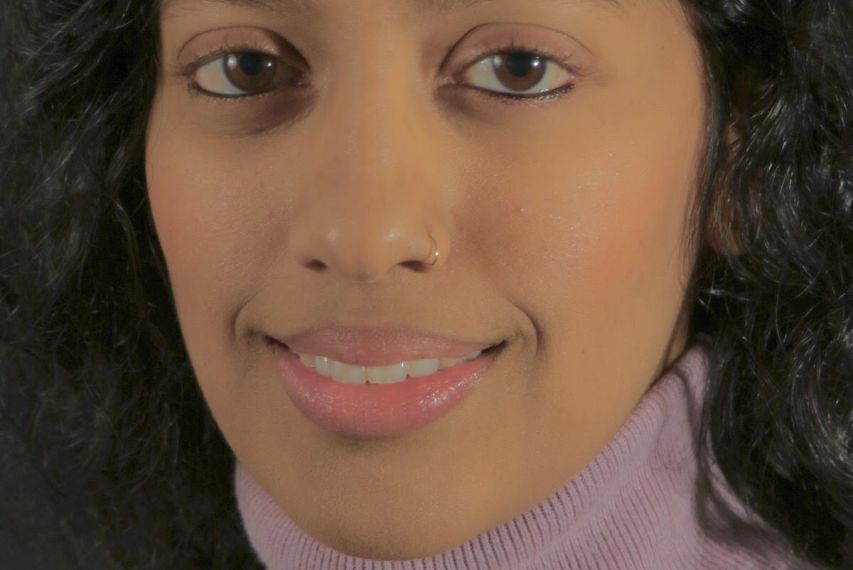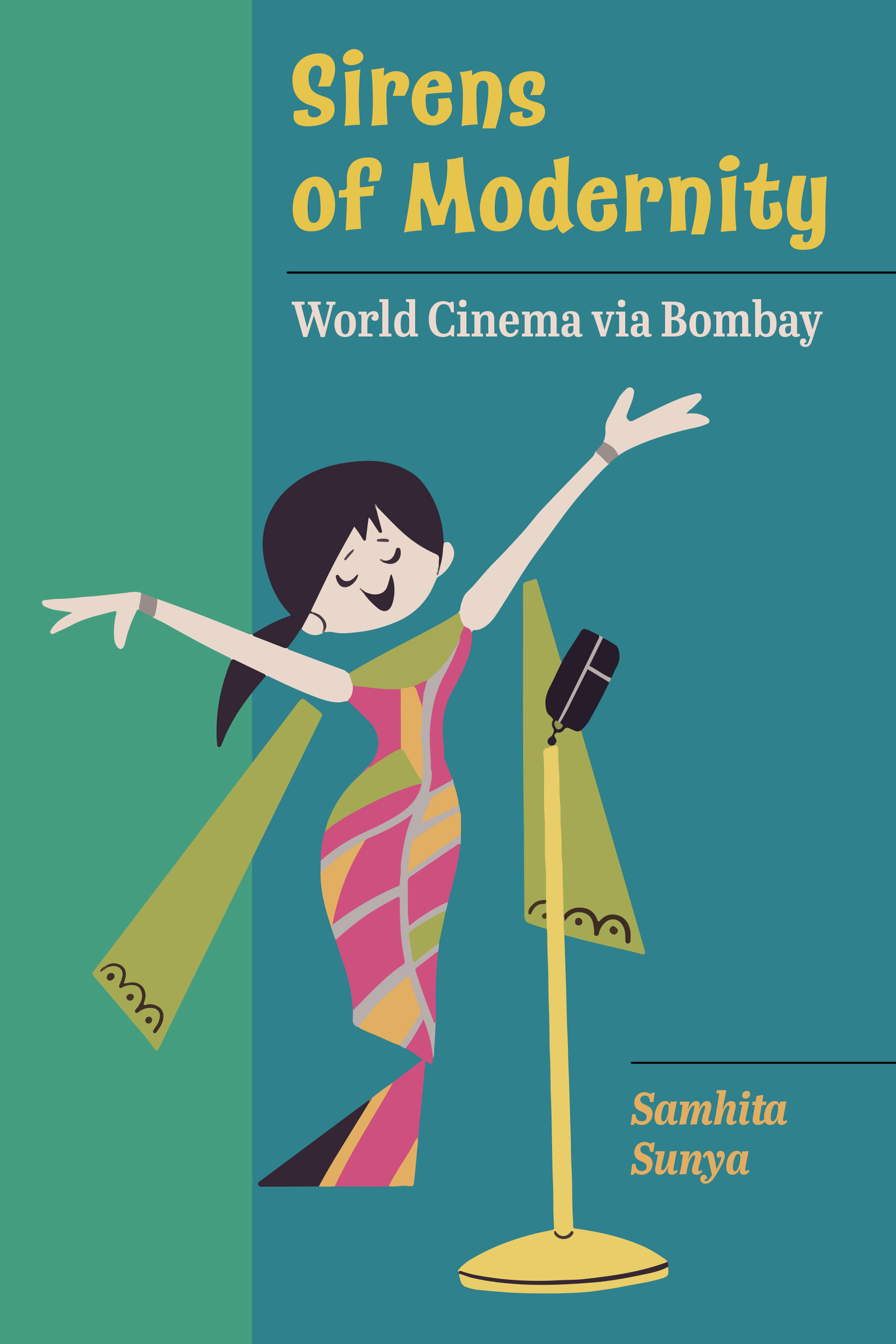Congratulations on your new book Sirens of Modernity: World Cinema via Bombay (2022, UC Press), on the concept of world cinema in the context of popular Hindi film/songs of the 1960s and its revealing themes, including gender, excess, and popular cinephilia. Can you tell us about the research that led to this book?
Sunya: I started graduate school in 2007, at a time when scholarship on popular Hindi cinema – aka “Bollywood” – was mushrooming in an exciting way. I was interested in asking questions about longer histories of Hindi cinema, and to this end, I spent several months at the National Film Archive of India (NFAI). From Hindi remakes of Tamil comedies that starred Mehmood, which I had long known and loved, to coproductions that I initially came across in film magazines at NFAI and other libraries, I kept finding myself drawn to a set of seemingly oddball films from a “long” 1960s period. These films didn’t seem to fit in any existing scholarly histories of cinema: whether on coproductions, art cinema, world cinema, South Asian cinema, Hindi cinema, or Cold War-era cinema.






